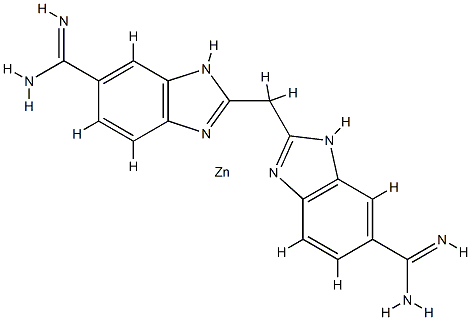Chitinase is an extracellular complex of enzymes that degrade chitin. Chitin is a cell wall component of Fungi and exoskeketal essentials of different organisms which reshape their own chitin or digest/dissolve the chitin of other organisms (insects, fungi, yeast, and algae, and in the internal structures of other vertebrates) . Chitinases have been detected in many microorganisms and in plants. In fungi, chitinases assist in morphogenesis, to break down the inherent chitin content of fungal cell walls. Plant chitinases help in resistance to fungal attack and counteracting fungal growth, by targeting those same fungal cell walls. In bacteria, bacterial chitinases assist in utilizing chitin as a carbon source and as an energy source.
Streptomyces griseus produces multiple chitinases of different molecular masses after growth induction with chitin as the carbon source.
The enzymatic hydrolysis of chitin to N-acetyl-D-glucosamine involves two consecutive enzyme reactions:
- The first reaction, chitodextrinase-chitinase, is a poly(β-(1→4)-[2-acetamido-2-deoxy-D-glucoside])- glycanohydrolase, which removes chitobiose units from chitin.
- The second activity is N-acetyl-glucosaminidasechitobiase, which cleaves the disaccharide to its monomer subunits, N-acetyl-D-glucosamine.
